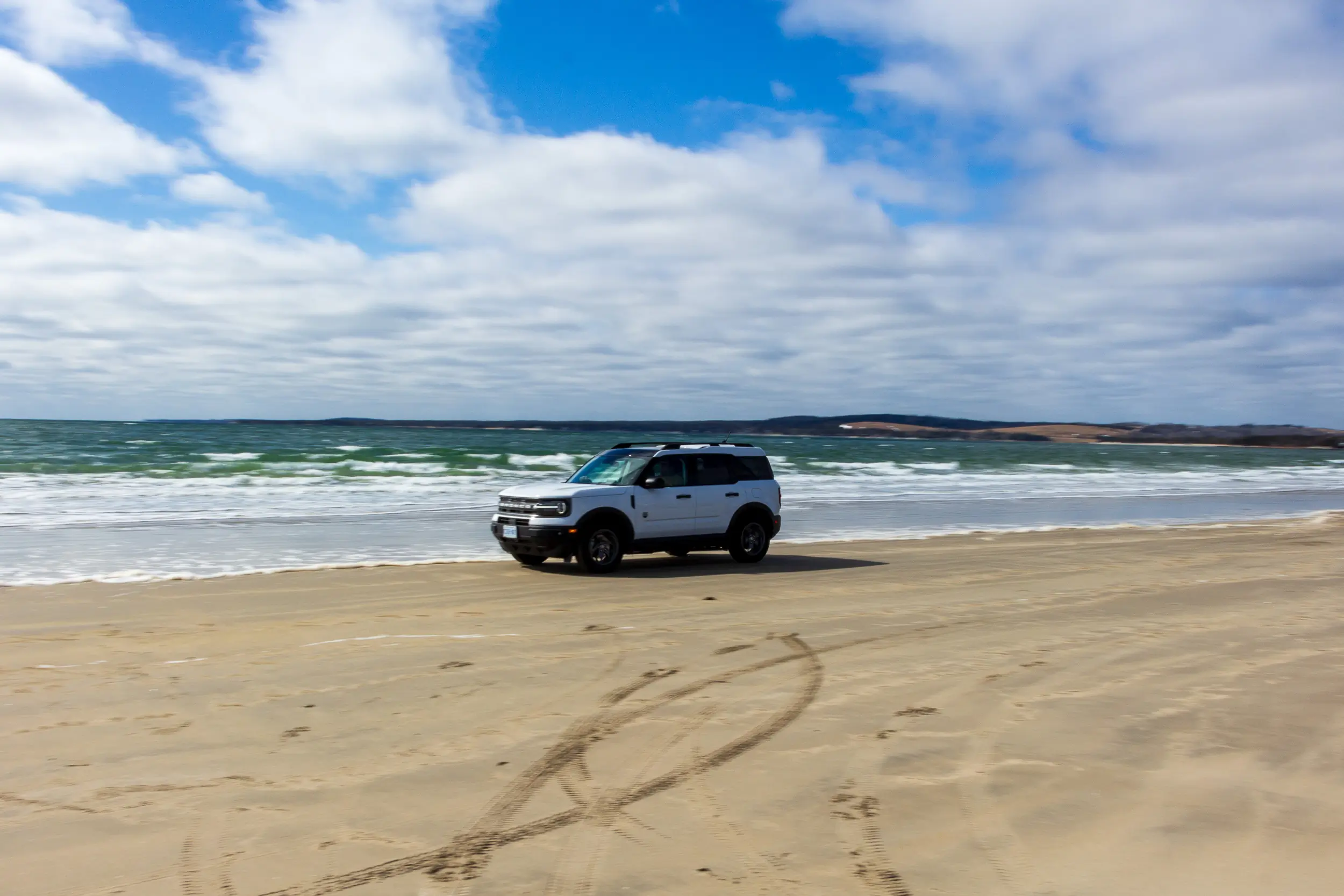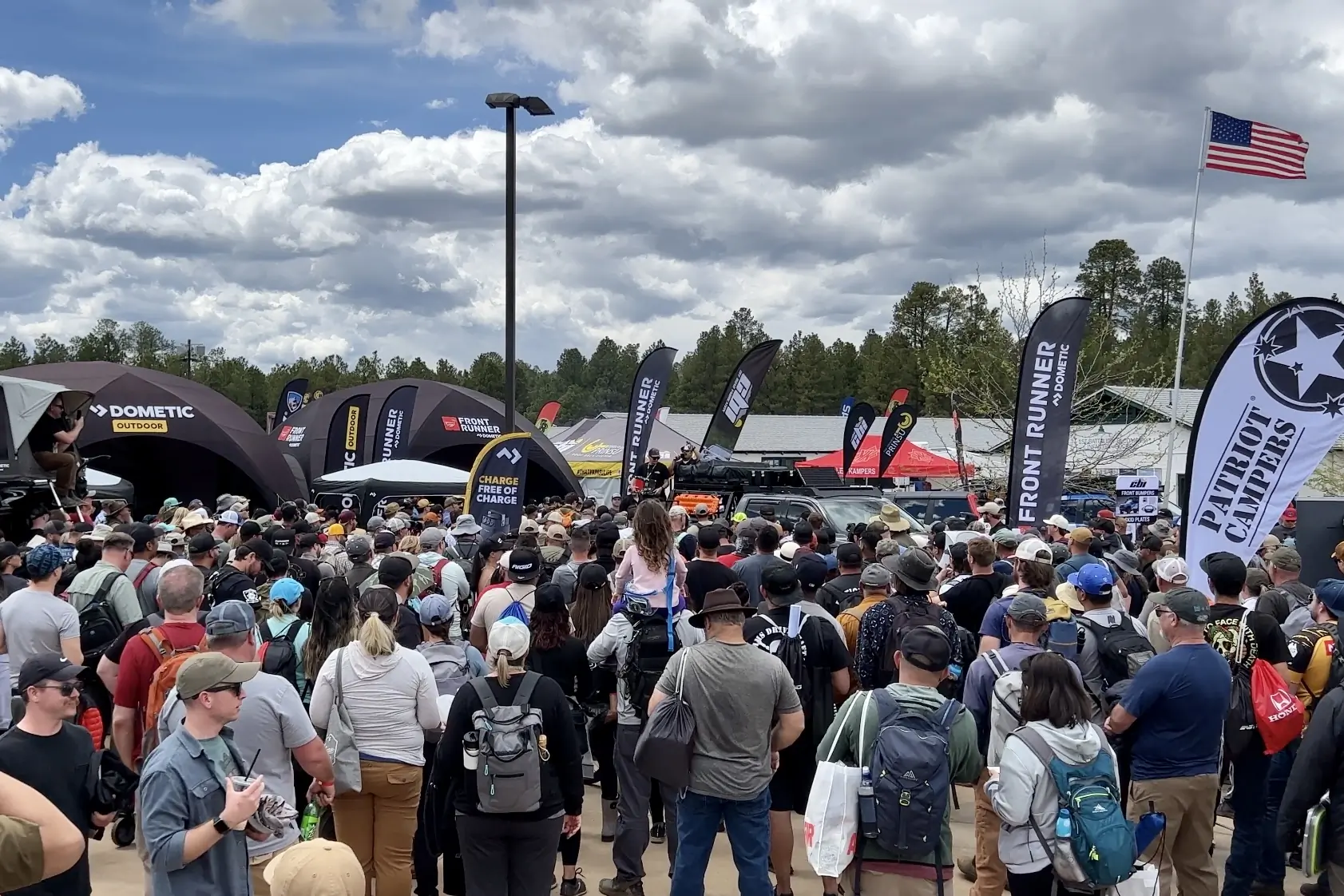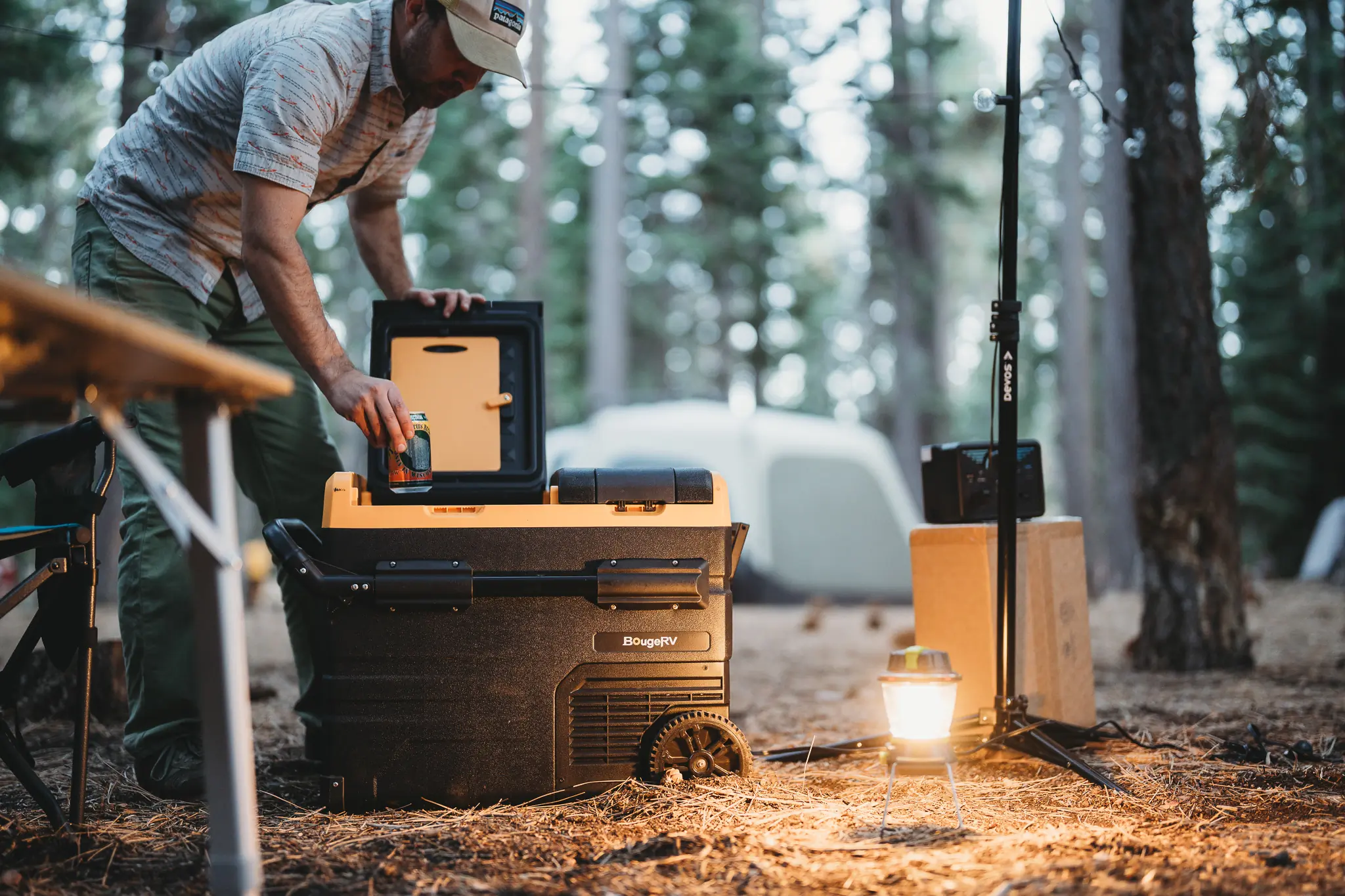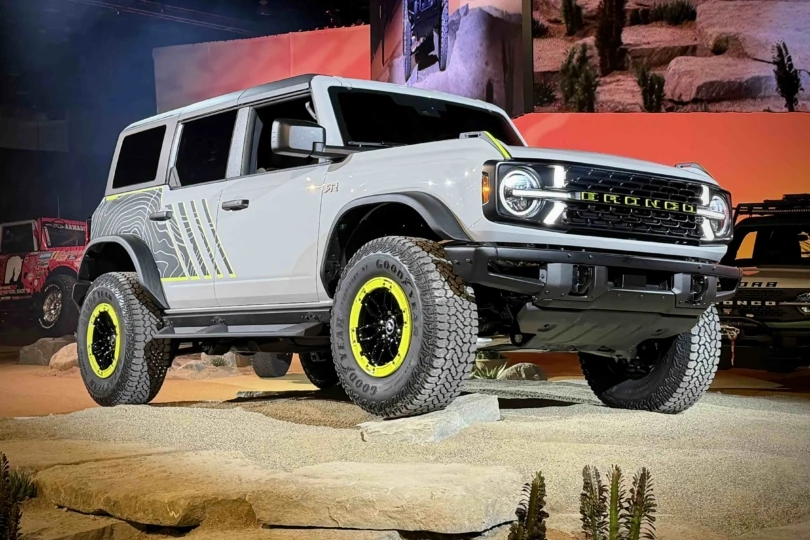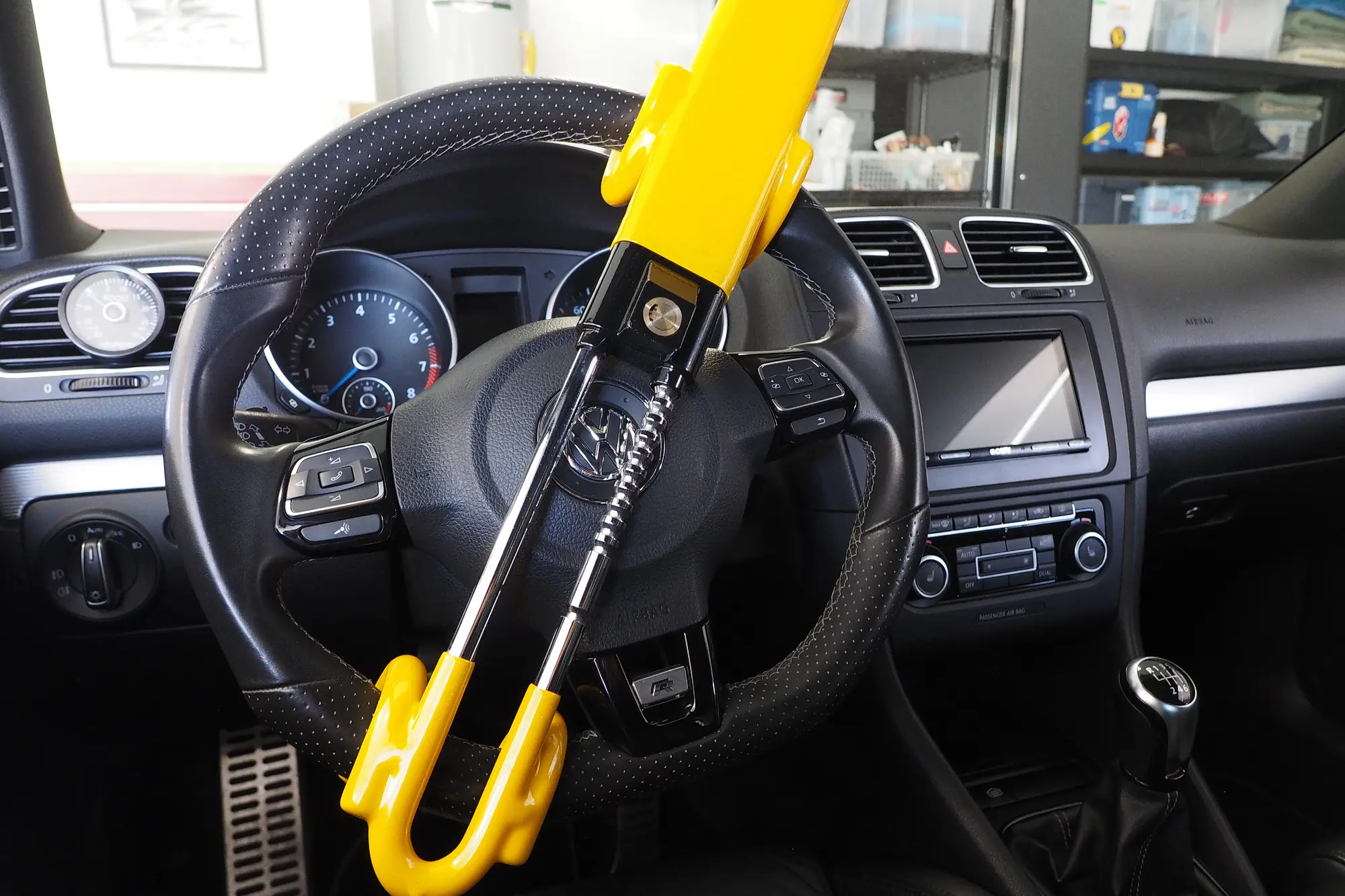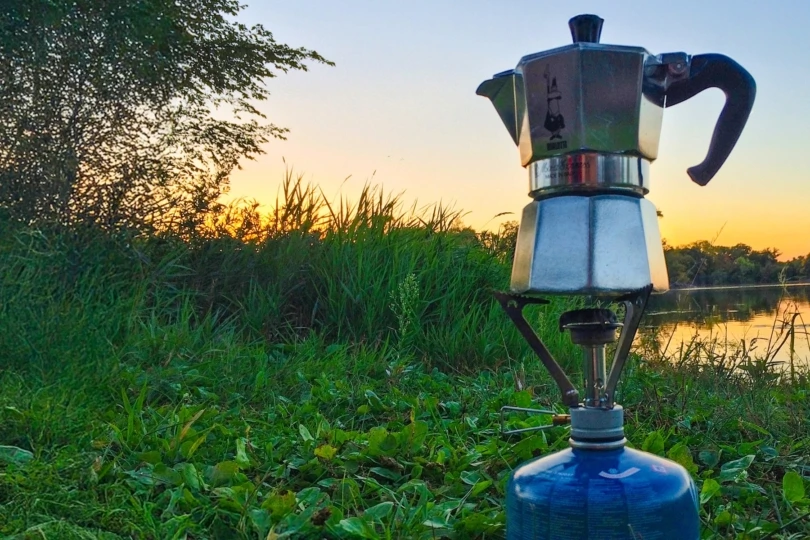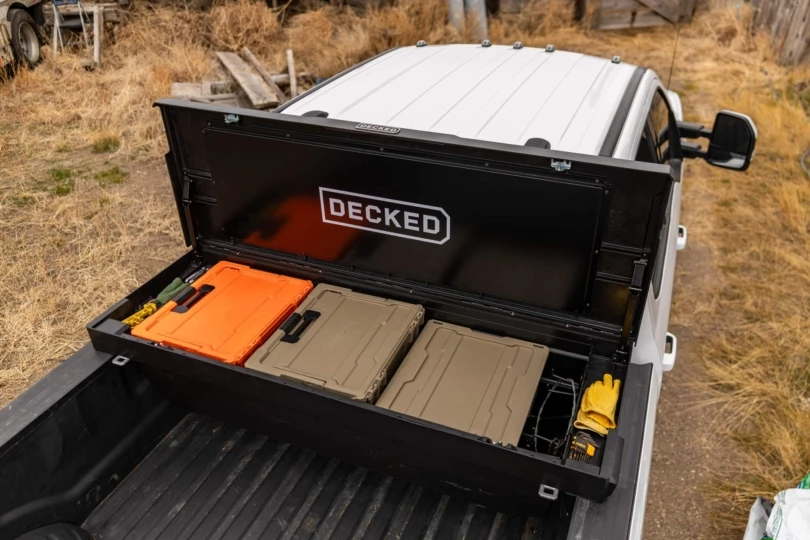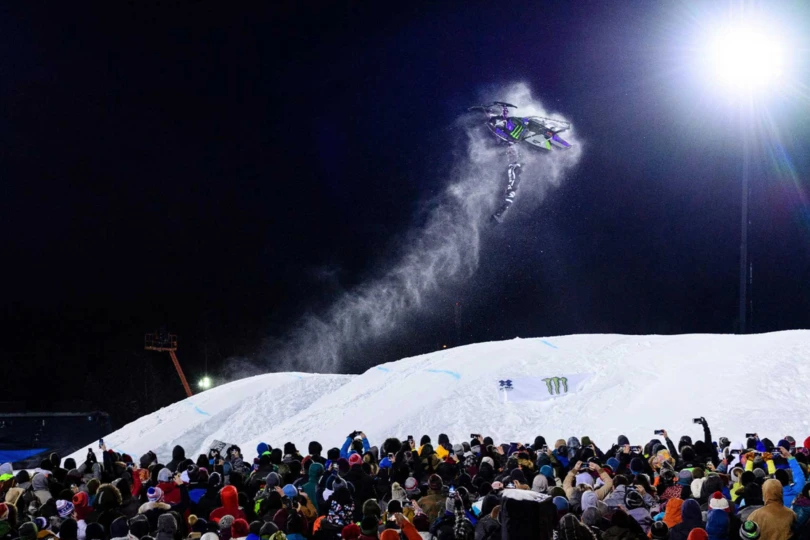Overlanding is all about unsupported vehicular adventure travel, where the journey is the primary goal. It can also require crossing international borders and trekking to remote destinations for extended periods.
All of these factors play into the gear choices you make and the tools you should have. This overview will help you select the key pieces of gear and other necessities for a safe and fun overland excursion.

Overland Vehicles
Your choice of vehicle will greatly affect what you can, can’t, and should bring with you. When traveling in a huge Unimog with a custom composite camper on the back, you won’t need to worry about things like a bed to sleep in or how to keep groceries refrigerated. But you must consider roadway height restrictions, bridge weight restrictions, and safe parking places.
On the other end of the spectrum, if you decide to travel by motorcycle, you very much need to figure out where to lay your head each night and how to transport food. But things like Hi-Lift jacks, winches, and roadway vehicle restrictions won’t cross your mind.
Let’s break it down according to some of the most important aspects of overland travel.
Overland Sleeping Arrangements
Keeping your mind and body in peak shape with good rest should be a top priority on your travels. The more acute your senses, the more you’ll be able to avoid danger and appreciate the experience.

Here are a few options for getting good sleep on your overland adventures.
Rooftop Tent (RTT)
A rooftop tent is a go-to staple for many overland travelers. It gets you out of the mud, away from the animals, and can offer incredible morning views. They also just look cool on your vehicle.
But, they are also generally heavy and expensive. And even more importantly, they greatly reduce the performance, economy, and safety of most vehicles — weight up high isn’t a good thing on a vehicle.
Swag
Australian-style swags are spacious, burly, comfortable bivy sacks. They come in a wide range of styles but usually offer up a super-comfy mattress as well as fast setup and breakdown. Swag can be expensive, are pretty bulky, and can be a bit claustrophobic.
Ground Tent
The traditional ground tent comes in nearly infinite configurations and constructions, but offers up a great, versatile place to get out of the elements and stretch out. They can also be quite compact and lightweight, if desired.
But, ground tents do require a flat plot of land to set up on. And, they can be cumbersome and time-consuming to set up and break down.
Interior Bed
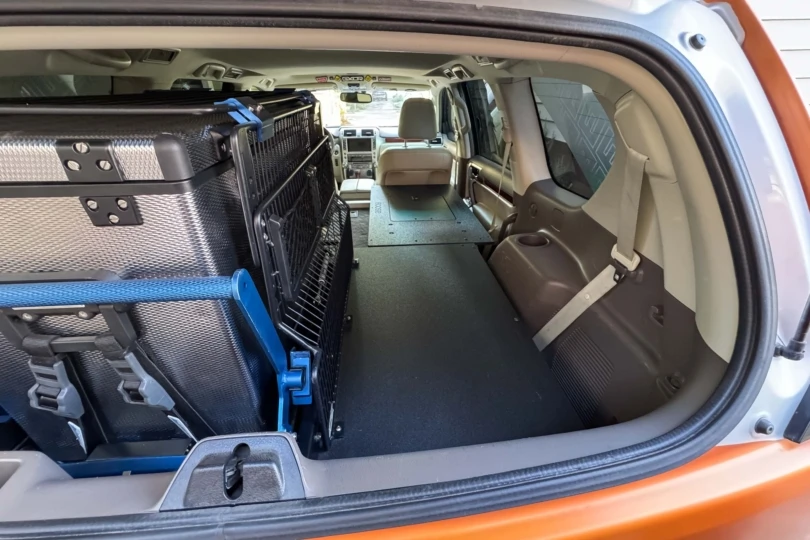
Some vehicles offer up plenty of room for a bed inside. This can be anything from a simple platform in the back of an SUV or pickup to a luxury mattress in a custom overland camper. Interior vehicle sleep setups do require you to park the vehicle quite level and can take up a lot of interior space.
Local Lodging
Whether a hotel, motel, Airbnb, or couch surfing, local lodging options are often bountiful, and many times a safe option. Yes, these options can cost more and aren’t available when you’re truly remote, but much of the world is populated, and you shouldn’t skip immersing yourself in the local culture and people on your overland travels.
Basic Overlanding Tools
Most overland travelers want to get off the beaten path and explore seldom-visited corners of the planet. To do that successfully, it’s important to have a few pieces of gear to ensure you get there — and back again.


Tires
One of the most important aspects of an overland vehicle is where the rubber meets the road. All-terrain tires are the right option to handle a wide variety of terra firma you might experience on your adventures. Carry a full-size spare, as a donut isn’t going to cut it when you find yourself in the boonies with a flat.
Tools
A proper toolkit and service manual will go a long way in helping you fix issues as they arise. Even if you don’t know how to fix the problem, having the right tools for your specific vehicle will allow someone who’s more mechanically inclined to help you quickly get back on the road less traveled.


Traction Boards
Whether you have 2WD or 4WD, a good set of traction boards will go a long way in keeping you moving. They also get you unstuck quickly and efficiently if you do get in too deep.
Maxtrax boards are the original and best lightweight traction boards out there. They aren’t inexpensive, but they’re sure to pay for themselves many times over, as they continually keep you rolling down the road.
Recovery Rope or Strap
You should always carry a kinetic recovery rope or strap in your vehicle. It will not only allow you to get out of tough situations, but it can also earn you good karma points when you help others out of sticky situations.
Be sure that your vehicle has solid recovery points, as they will greatly improve the utility of the strap and minimize damage when doing recoveries. Remember to have a few bow and/or soft shackles handy to use along with the strap.
Bonus Tools
Here are a few more off-road recovery items that you might want to consider: a tire repair kit, a high-lift jack, a winch, extra fuel containers, and an air compressor.
Navigation
One key to having a successful overland adventure is to have a general idea of where you are, if not where you’re going. It can be fun to just go out and explore, but when you get low on fuel, food, and/or water, it’s paramount to find the resources you need ASAP.


Google Maps and Google Earth are both amazing free resources for finding your way. These also help discover remote routes and campsites, generally orienting you to new parts of the world. You can also use it offline if you plan ahead.
Maps.me
The Maps.me app offers highly detailed maps, jam-packed with useful information. It’s free and designed for offline use. The key is to download the maps you might need before setting off.
Off-Road Nav Apps
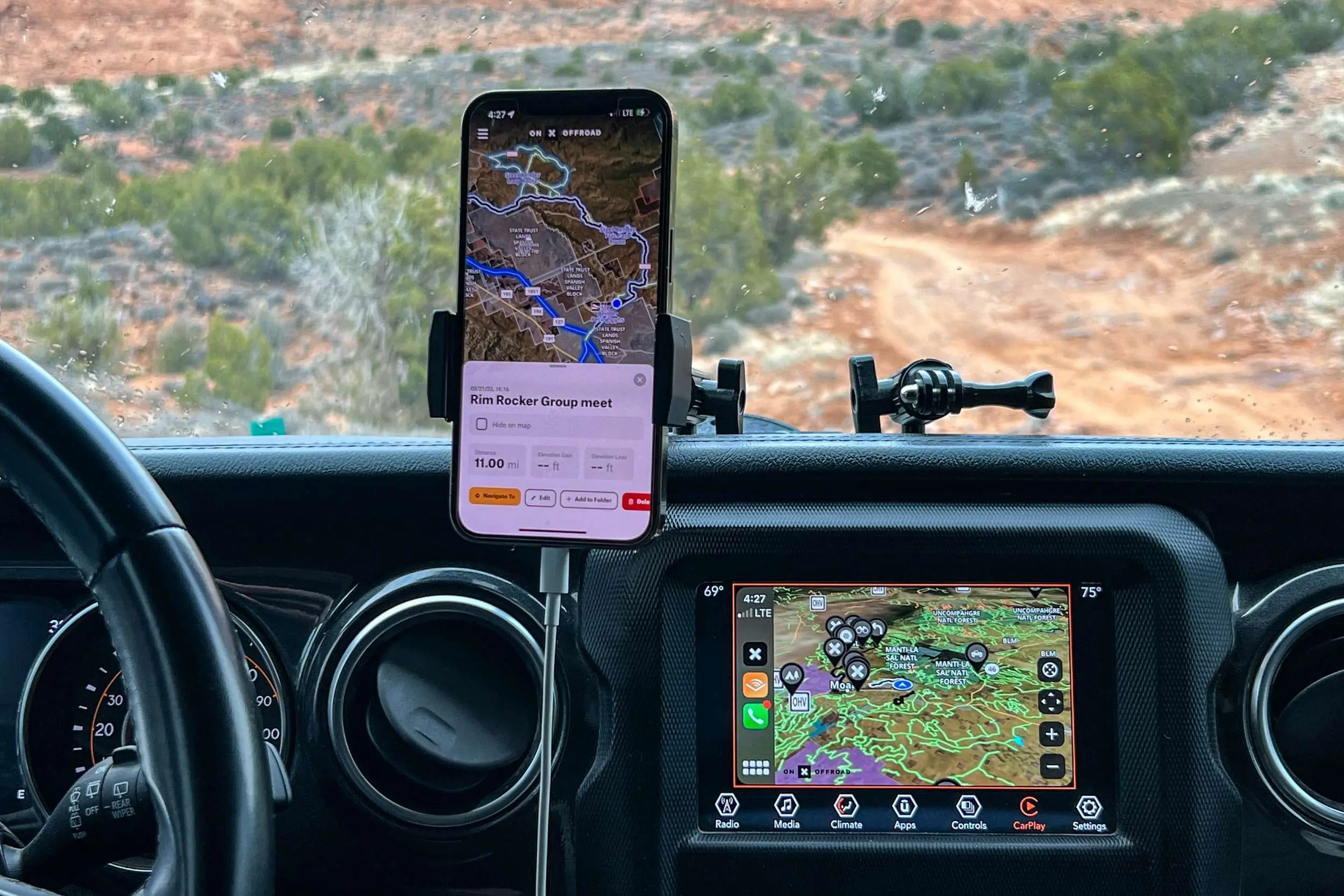



Smartphone applications like onX Offroad, Gaia, OnTrail, and a few others are great options for accurate navigation off the pavement.
OnX Offroad, in particular, is one we’ve found super helpful in our travels, as it offers weather, active fire, and even a 3D terrain mode to help you evaluate your route before you even leave home.
GPS Unit


Handheld and vehicle-based GPS units have come a long way. They work great for remote travel because they don’t require cell networks or Wi-Fi. Load a handheld unit with topo maps or use it for hiking and other sports. I like the Garmin Tread products for vehicle-based travel.
Online Resources
In the modern world, the information you need is usually just a few clicks away. But you’ll save a ton of time if you know where to look. The following are a few quality resources for the global overland traveler.
Wiki Overland
Wiki Overland is a solid resource for all things overland. It’s especially useful for figuring out all the paperwork necessary to travel in various countries around the world.
Expedition Portal
Expedition Portal is a great online forum that is more active than any other in the community and offers the most up-to-date information on gear and the places you expect to travel.
iOverlander App
The iOverlander app is helpful when trying to find places to stay in countries all over the world. This is especially true for finding good boondocking locations.


Safety
Mainstream media portrayals of dangerous foreign travel are often overblown. But it’s always important to identify your risk tolerances and have general safety plans. Things do happen, whether on remote foreign travels or your daily commute.
International Medivac Insurance
Getting hurt in a remote corner of the world sucks. Paying an eye-watering medivac bill to get the proper care sucks even more. International medivac insurance is relatively inexpensive. If things go wrong, it will help you get the best medical care available.
Satellite Communication
Communication from anywhere in the world is one of the most significant safety advantages that technology provides. Satellite technology is leading this communication boom.
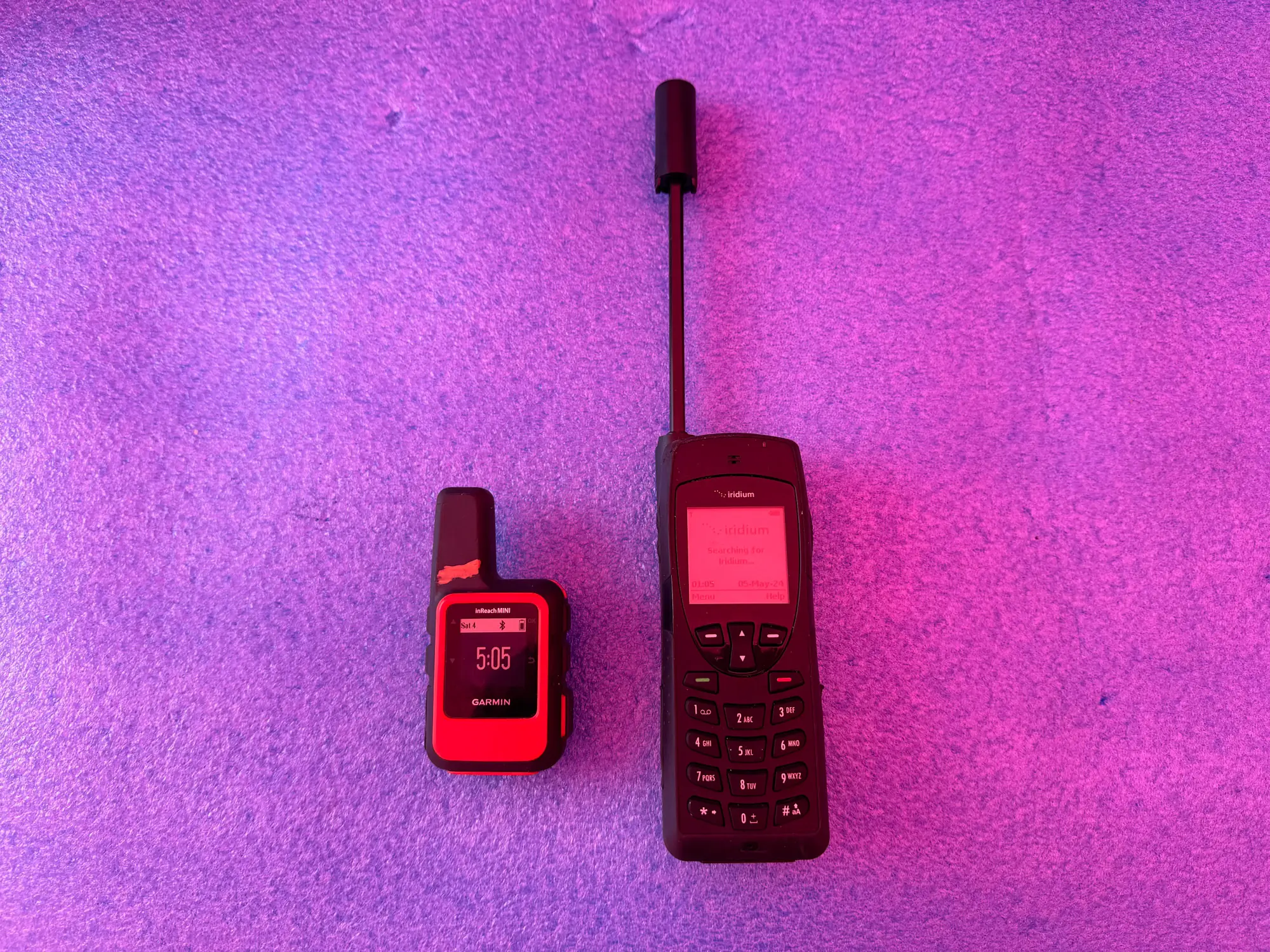



Sat phones have come way down in price, but airtime is still quite pricey. I’m a big fan of the Garmin inReach, as it offers two-way communication at an amazing value. It also comes in a very small, lightweight form factor, so you can easily travel into the backcountry with it away from your vehicle.
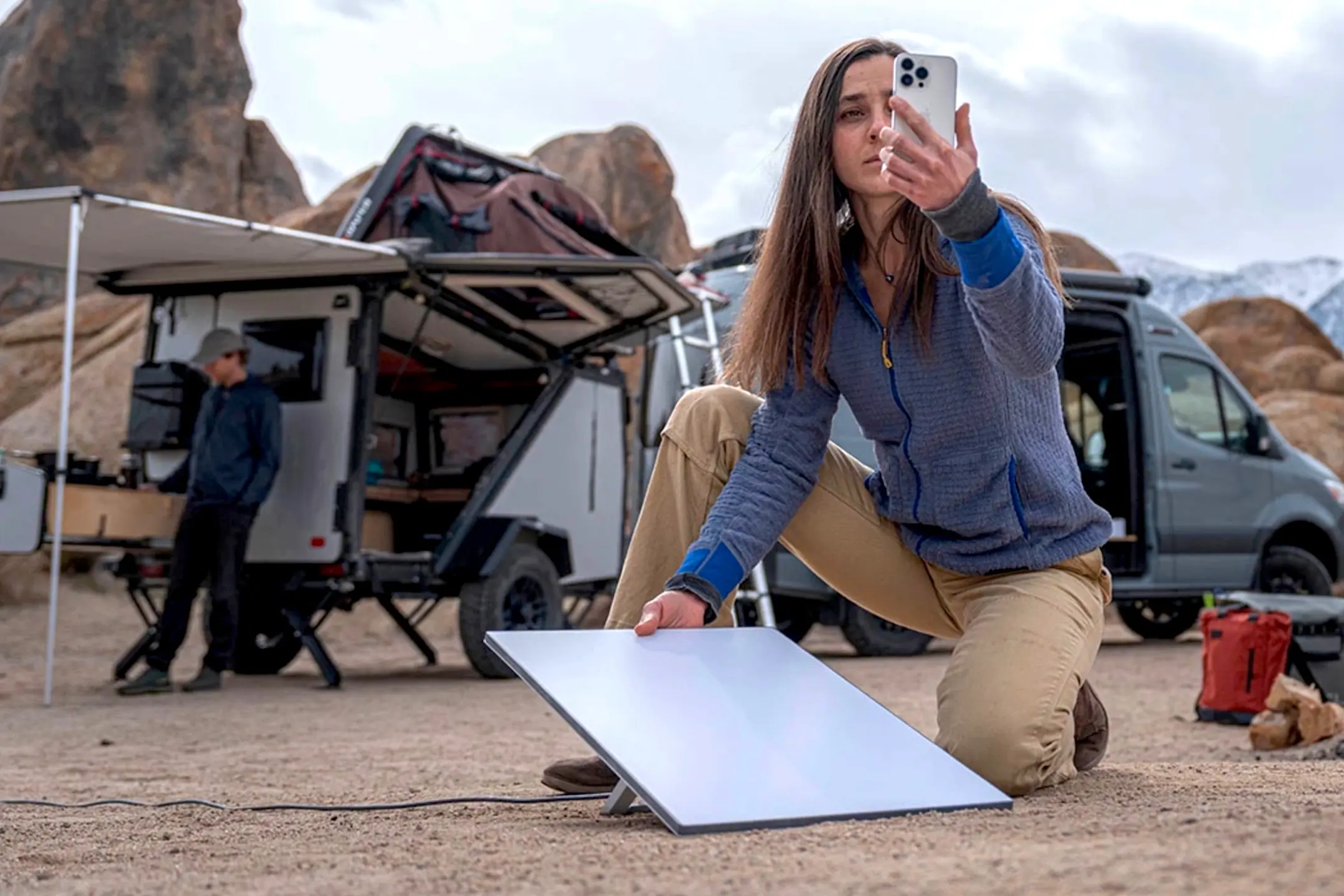



These days, Starlink satellite internet is also a great option. The Starlink Mini on the Roam plan is ideal for vehicle travel almost anywhere. The hardware is just a few hundred dollars, and the service ranges from about $50 to over $150 per month.
Get Out There and Do It
Sure, we could also talk about coolers, fridges, stoves, camp furniture, and so much more. But the reality is that you probably already know the basics from your camping experience. Don’t forget to pack a little local currency and get some amazing street food along the way.


Now get in whatever vehicle you have and go adventure! Overland travel is all about the journey, the people, and the amazing places along the way. The “stuff” is secondary but helpful. Be prepared, but don’t worry; just go.
Happy travels!

